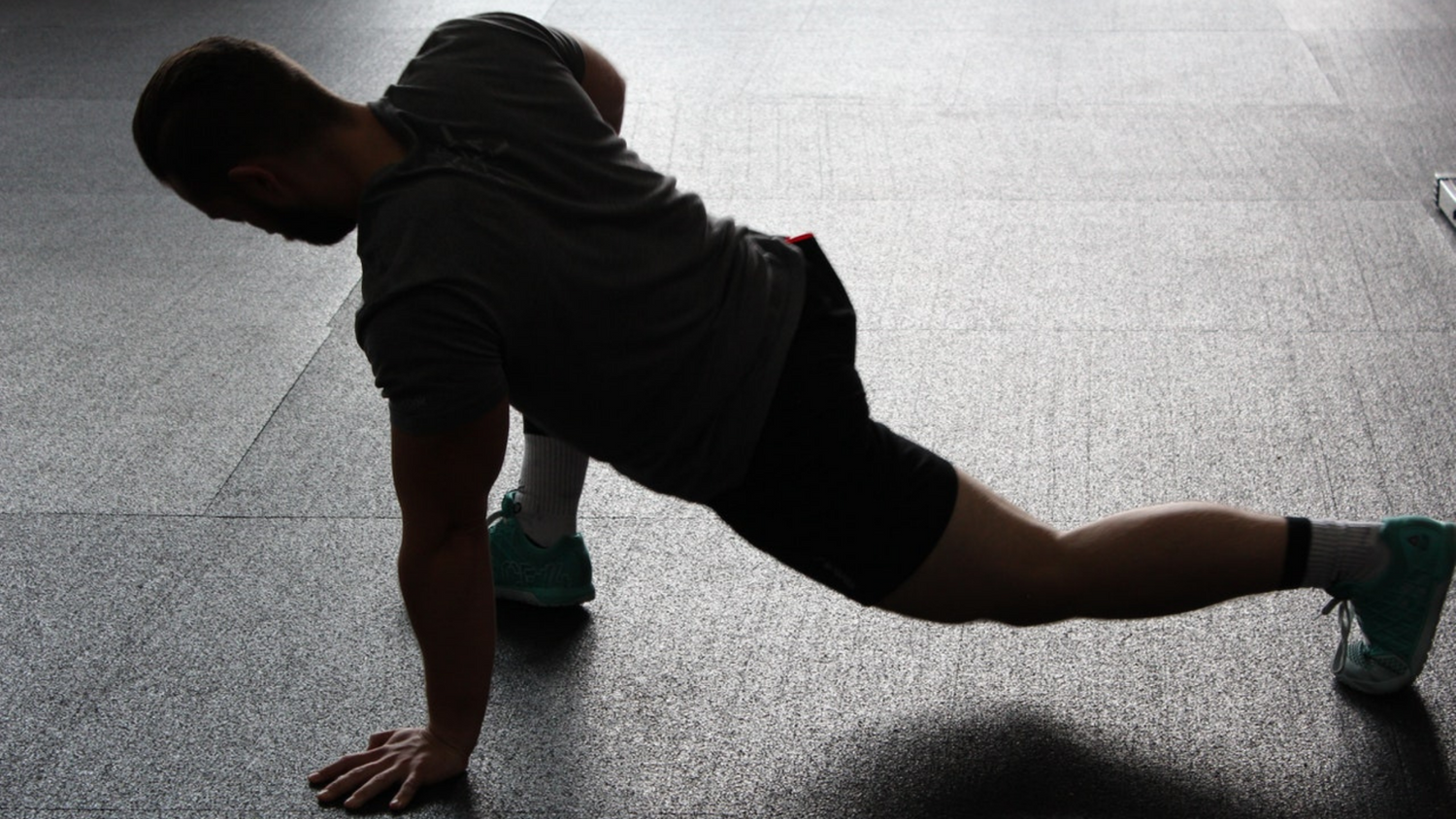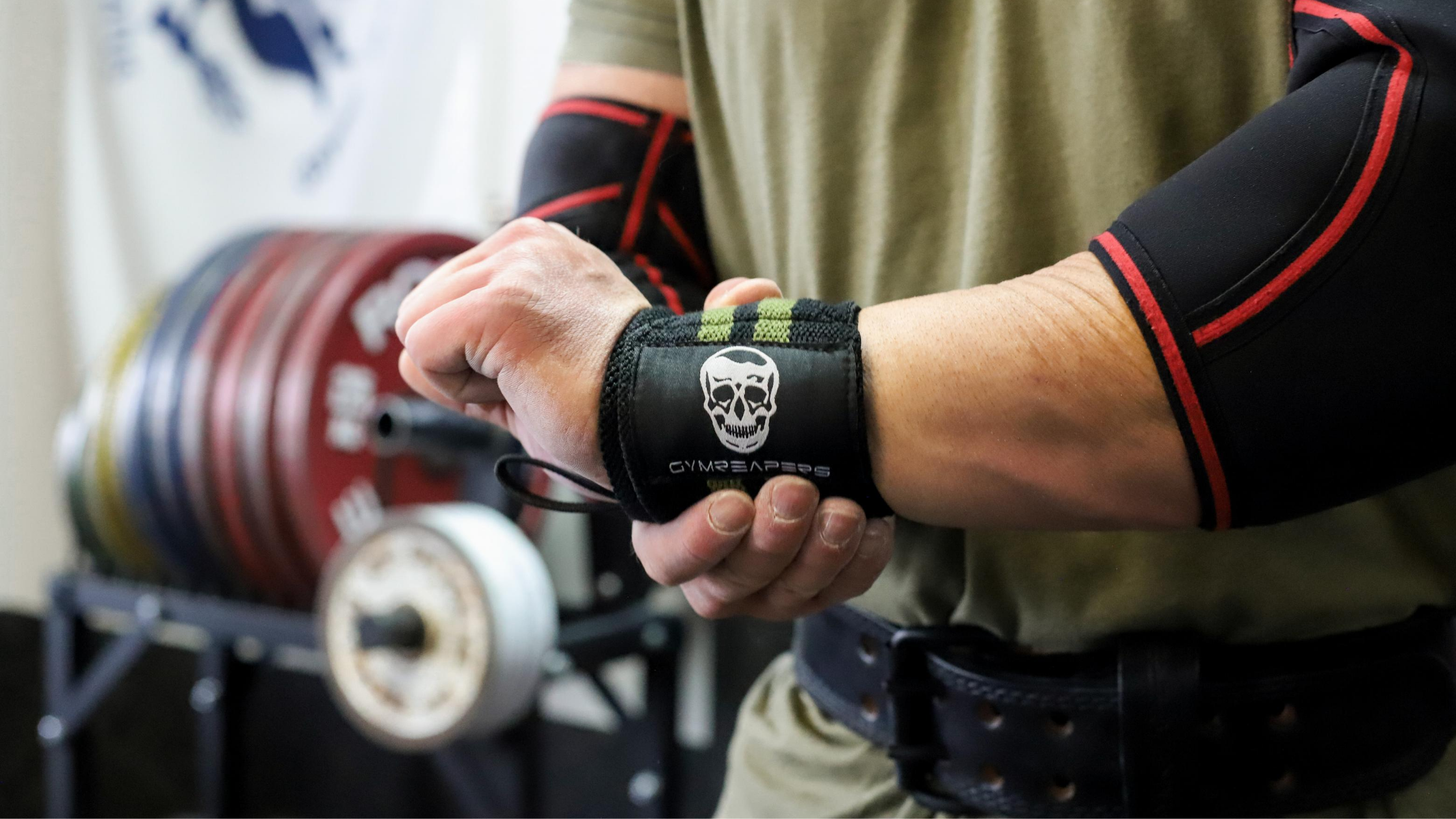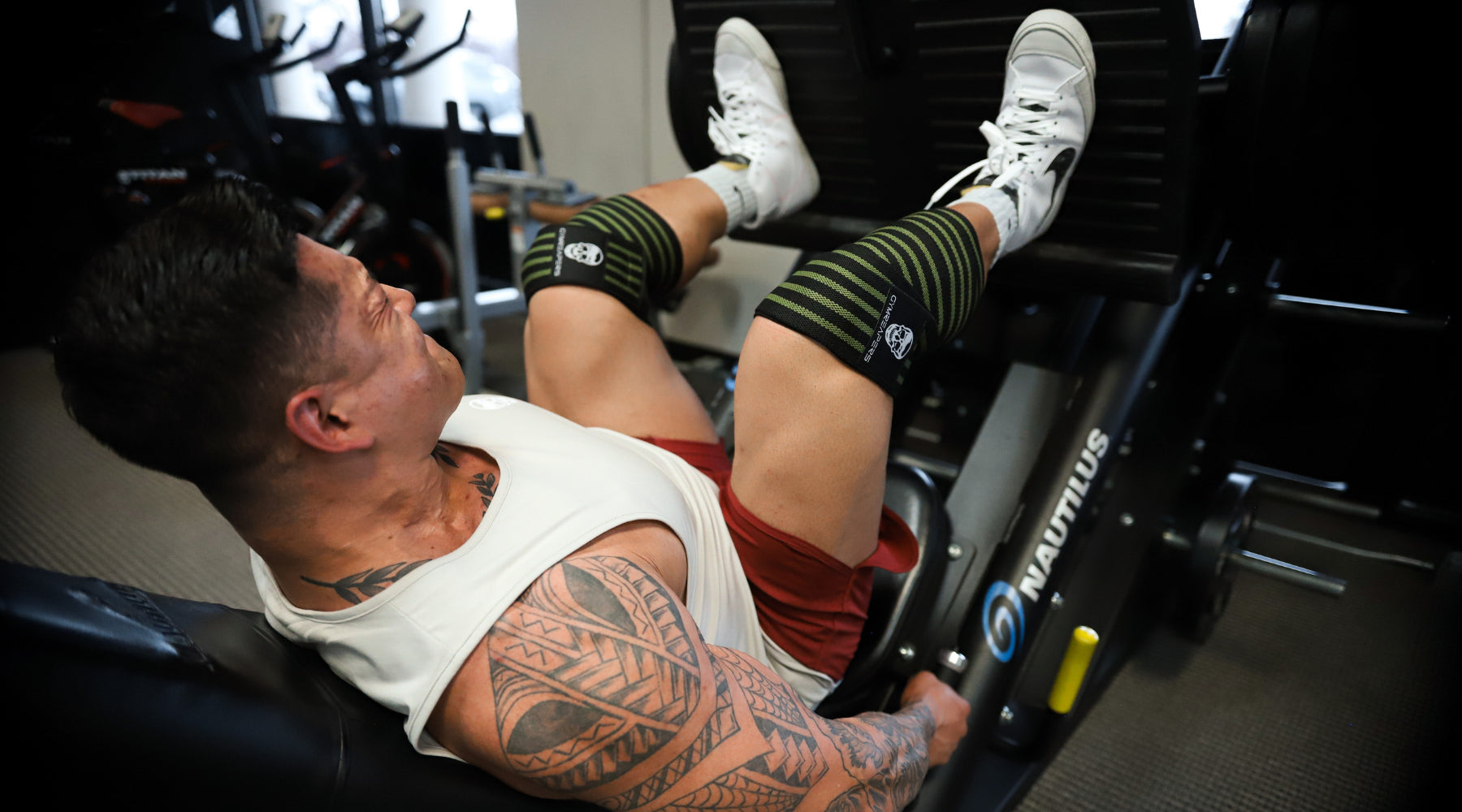Did you know that there are several common myths about stretching? For example, did you know that stretching before a workout is not always recommended? That may sound a little strange, but research has shown that stretching on cold muscles could result in injury and decreased performance (1).
That’s why it’s best to stretch when the muscles are warmed up — typically after a short walk or short physical exercise. So the next time you’re ready for a workout, start by doing some light physical activity, and then begin stretching.
Stretching not only helps keeps muscles healthy and blood circulating, but there are also many incredible mental health benefits of stretching.
Did you know that stretching can calm your mind, release tension, and increase energy? Through increased blood and nutrient flow, you’re not only providing your muscles with incredible benefits, but you’re also invigorating your mind to feel more refreshed.
Stretching at least twice a week for ten minutes per day will help keep your mind and body flexible.

Just like there are benefits of stretching, there are also ways of causing injury or just plain things to avoid when stretching. The biggest action to avoid while stretching is bouncing.
It's been shown that bouncing causes more harm to your muscles because it causes tightening, decreased flexibility, and more soreness (2). Instead, just focus on holding the stretch position for up to 60 seconds and repeat up to four times.
Knowing how to read your body for proper stretching makes a significant difference in your flexibility, posture, soreness, and overall injury prevention. Today's post will cover all major questions about stretching (click to jump to a specific section):
- Why Does Stretching Feel Good?
- What is Dynamic Stretching?
- What is Static Stretching?
- Why is Stretching Important?
- Should I Stretch with Rollers?
- The Home Stretch (conclusion)
Why does stretching feel good?
Aside from the above mentioned benefits of stretching, there are reasons that stretching just feels good.
One of the biggest reasons stretching feels so good is because your brain is releasing endorphins.
Endorphins are naturally-occurring chemicals that make us happier and help relieve stress and pain.
As blood flow to the muscles increases (through static stretching) it impacts the nervous system, working in tandem to promote relaxation and a sense of calmness.
There are two main types of stretching techniques that aid in this good feeling. Static stretching and dynamic stretching. What’s the difference between static and dynamic stretching? In short, static stretching is mainly responsible for the promotion of relaxation.
Similarly, dynamic stretching increases muscle temperature and reduces stiffness. We highlight the differences between the two types of stretching moves in more detail in the sections below.

What is dynamic stretching?
Stretching in general is important. However different types of stretching should be done before and after a workout.
Dynamic stretching is usually done before the start of a workout and involves active movements that prepare your muscles for activity.
On the other hand, static stretching is done after a workout (which we’ll get to in a bit later). What type of movements are considered to be part of dynamic stretching? Typically, they tend to foreshadow the type of exercise you’ll be performing.
For example, if your workout consists of running, you’ll want to increase your heart rate by jogging in place. Other examples include doing walking lunges, hip and arm circles, trunk twists, or any movement that activates the joints and muscles to go through a full range of motion.
A major difference is that dynamic stretching positions don’t have to be ‘held’ for a certain length of time, whereas static stretches do. The exercises that benefit the most from dynamic stretching include running or jumping movements (such as basketball, soccer, and volleyball), weightlifting (especially lower-body movements), and any cardio exercises.
What is static stretching?
Implied by its name, static stretching requires that you maintain inactivity during a certain stretch position for up to 60 seconds. You’re stretching in a motionless position as a way to relieve muscle tension and tightness, loosen muscles, and increase the flexibility of your muscles.
Static stretching should be implemented by anyone looking to increase their range of motion.
Some examples of static stretching include shoulder stretching, head bend, hamstring stretch, and quad stretch.
Static stretching should be performed after a workout or sports activity in order to prevent injury. If a static stretch is done prior to athletic movement, it may negatively impact and weaken your performance.
How? Static stretching exhausts your muscles and may limit your body’s ability to react quickly in activities that require jumps, sprints, and balance. So the next time you’re ready to perform your workout, skip static stretching as it can impede muscle response and performance, instead try dynamic stretching (3).

Why is stretching important?
Stretching is often an overlooked aspect of the overall aspect of maintaining proper health. Proper stretching (and at the correct time) enables us to stay limber, avoid injuries, and reduce soreness.
For those that battle diabetes and depression, stretching brings fantastic benefits because it increases blood flow and oxygen levels to deliver vital nutrients to the muscles. Stretching also helps remove metabolic waste like carbon dioxide and uric acid.
Proper stretching is essential to injury prevention, but incorrect ways of stretching can lead to more harm than good.
How can you tell if you’re stretching incorrectly? If you feel intense pain or tendon pressure, ease up or stop stretching completely. You’re likely damaging the muscles even more by pulling on over extended tendons. Stretching slowly and consistently ensures that you’re doing the most good for your muscle flexibility.
Should I stretch with rollers?
We’ve covered a lot of aspects of stretching. Things like why stretching feels good, the different types of stretching, and why stretching is so important.
There’s another aspect about stretching that has quite a big impact on overall muscle soreness and flexibility and that includes using foam and peanut rollers. Using foam rollers is like a warm-up to stretching your muscles. A foam or peanut roller helps increase blood flow to vital muscle groups.
Have you ever used a roller when you’ve been sore and noticed that it can be somewhat painful? And you really want to stop? That’s because what you’re doing may be good for your muscles even though it hurts and feels painful.
How? The friction on your muscles from foam rolling increases the temperature of the fascia and muscles (4). If the pain is too much and you feel like it’s causing more issues, then you should not continue, as you might be rolling tissue that shouldn’t be rolled. Another study found that using a foam roller can enhance joint and muscle performance and flexibility when used before and after a workout (5).
The home stretch
Knowing how to read your body and deciding when the best time is for proper stretching makes a significant difference in your flexibility, posture, soreness, and overall injury prevention.
As always, your form is still very important so remember to move slowly and controlled to avoid any injuries or strains. What are some of your favorite ways of stretching? Do you stretch at home during the day or just before/after workouts? Let us know in the comments below.
References
- Stretching is not a warm up! Find out why (2021). Retrieved 3 September 2020, from https://www.mayoclinic.org/healthy-lifestyle/fitness/in-depth/stretching/art-20047931?pg=2&reDate=31082020
- 5 Stretches You Should Never Do. (2016). Retrieved 3 September 2020, from https://www.prevention.com/fitness/g20514979/5-stretches-you-should-never-do/
- Simic, Luka & Sarabon, Nejc & Markovic, Goran. (2012). Does pre-exercise static stretching inhibit maximal muscular performance? A meta-analytical review. Scandinavian journal of medicine & science in sports. 23. 10.1111/j.1600-0838.2012.01444.x.
- Muscle Pain: It May Actually Be Your Fascia. (2021). Retrieved 4 June 2021, from https://www.hopkinsmedicine.org/health/wellness-and-prevention/muscle-pain-it-may-actually-be-your-fascia
- Scott W. Cheatham, M. (2015). THE EFFECTS OF SELF‐MYOFASCIAL RELEASE USING A FOAM ROLL OR ROLLER MASSAGER ON JOINT RANGE OF MOTION, MUSCLE RECOVERY, AND PERFORMANCE: A SYSTEMATIC REVIEW. International Journal Of Sports Physical Therapy, 10(6), 827. Retrieved from https://www.ncbi.nlm.nih.gov/pmc/articles/PMC4637917/













Leave a comment
All comments are moderated before being published.
This site is protected by hCaptcha and the hCaptcha Privacy Policy and Terms of Service apply.